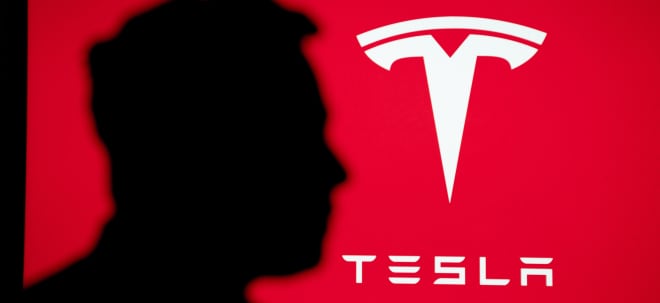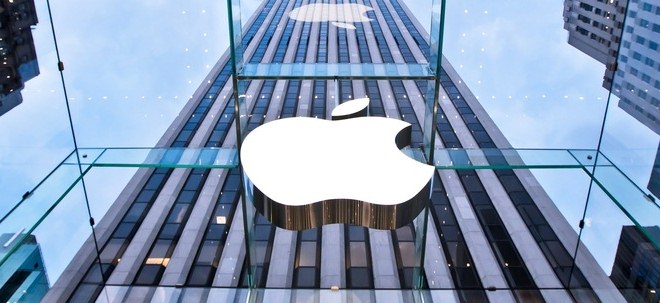CHART: Asian EV battery makers buy 94% of global battery metals
Werte in diesem Artikel
EV battery manufacturers based in China, South Korea and Japan have almost complete control of the global market and it’s not changing any time soon. During the first quarter of 2025 a combined $3.01 billion worth of battery metals were contained in the packs of newly sold EVs worldwide, up a modest 1.3% year over year.The stagnant costs of the EV metal basket is great news for cell suppliers and battery manufacturers as demand for raw material continues to boom. The tonnes of graphite, lithium, nickel, cobalt and manganese deployed during the first three months was up a robust 27% year on year to a combined 428.2 kilotonnes, according to data from EV supply chain research consultants Adamas Intelligence.Keeping in mind that the installed tonnage does not take into account any losses during processing, chemical conversion or battery production scrap (often well into double digit percentages), so required tonnes and revenues are meaningfully higher at the mine mouth.The accompanying graph shows the spending of the more than 60 global cell suppliers and battery manufacturers by country of ownership. It’s virtually an all-Asia affair with Chinese, South Korean and Japanese battery makers representing 94% of raw material spending. EV batteries are a particularly top heavy industry with the big 4 – CATL, LGES, BYD and Panasonic – accounting for two out of every three dollars spent. Top spender in North America, Ultium Cells, is a fast-growing partnership between LG Energy Solution and General Motors, so technically a portion of the battery manufacturer’s spending could also be assigned to the East, making the dominance of Asian players even more prevalent. Moreover, since lithium iron phosphate or LFP’s market share in China has been above 50% for the better part of three years and top EV maker BYD has long since moved to an all LFP line up, battery suppliers there under spend their NCM-reliant competitors by reducing spend on pricier nickel and cobalt. That means on a combined battery capacity deployed basis their control of the market is even more substantial. Nevertheless, Chinese battery makers spend more than half the global total (Japan’s other EV battery champion, AESC, is majority owned by China’s Envision group). Panasonic’s 9% market share in dollar terms is higher than for total battery capacity deployed (6% in Q1 on GWh terms, according to Adamas) due to the large proportion of its cells ending up in conventional hybrids where nickel metal hydride is the cell of choice and LFP has made no inroads. Despite its already towering presence in the market, CATL, fresh from a blockbuster share offering in Hong Kong, is aggressively pursuing growth. The presence outside China of the Fujian-based company, which in its present form was only established in 2011, is set to rise rapidly – as is the adoption of LFP cathode chemistries. CHARTS: EV battery metals bill ticks up as cobalt, nickel prices strengthenCATL already has a foothold on Western markets with its largest operating plant outside China located in Thuringia, Germany. A giant 100 GWh factory currently under construction in Debrecen, Hungary capable of equipping as many as 1.5 million EVs per year, is set to come on towards the end of the year, and plans for a 50 GWh facility in Zaragoza, Spain are far advanced. All three manufacture LFP cells.Wrestling control from the incumbents has been slow. The world’s number two automaker, Volkswagen’s PowerCo, has yet to put into production any of its planned (and scaled back) battery plants, the largest of which is located in Ontario, Canada. Premier Ford’s BlueOval facility using CATL’s LFP technology is set to start production next year, but given the trade tensions between Washington and Beijing, the Chinese giant’s involvement may be reduced further.Tesla’s ambitious plans to become a battery manufacturer in its own right also seem to have hit a wall, with its Austin, Texas factory representing only 15% of total raw material tonnes contained in Tesla models sold during the first three months of the year. Worldwide, Tesla remains CATL’s number one customer. While France’s ACC, part owned by Stellantis and Mercedes-Benz deserves an honourable mention, the $8 billion failure of Europe’s great battery hope – Northvolt – shows the benefits of economies of scale and institutional knowledge in the still fast-growing EV industry. On top of that, China’s grip on the mine to megawatt pipeline provides the underpinnings of its continued dominance.Weiter zum vollständigen Artikel bei Mining.com
Ausgewählte Hebelprodukte auf Global Battery Metals
Mit Knock-outs können spekulative Anleger überproportional an Kursbewegungen partizipieren. Wählen Sie einfach den gewünschten Hebel und wir zeigen Ihnen passende Open-End Produkte auf Global Battery Metals
Der Hebel muss zwischen 2 und 20 liegen
| Name | Hebel | KO | Emittent |
|---|
| Name | Hebel | KO | Emittent |
|---|
Quelle: Mining.com
Nachrichten zu Global Battery Metals Ltd Registered Shs
Analysen zu Global Battery Metals Ltd Registered Shs
Keine Analysen gefunden.

